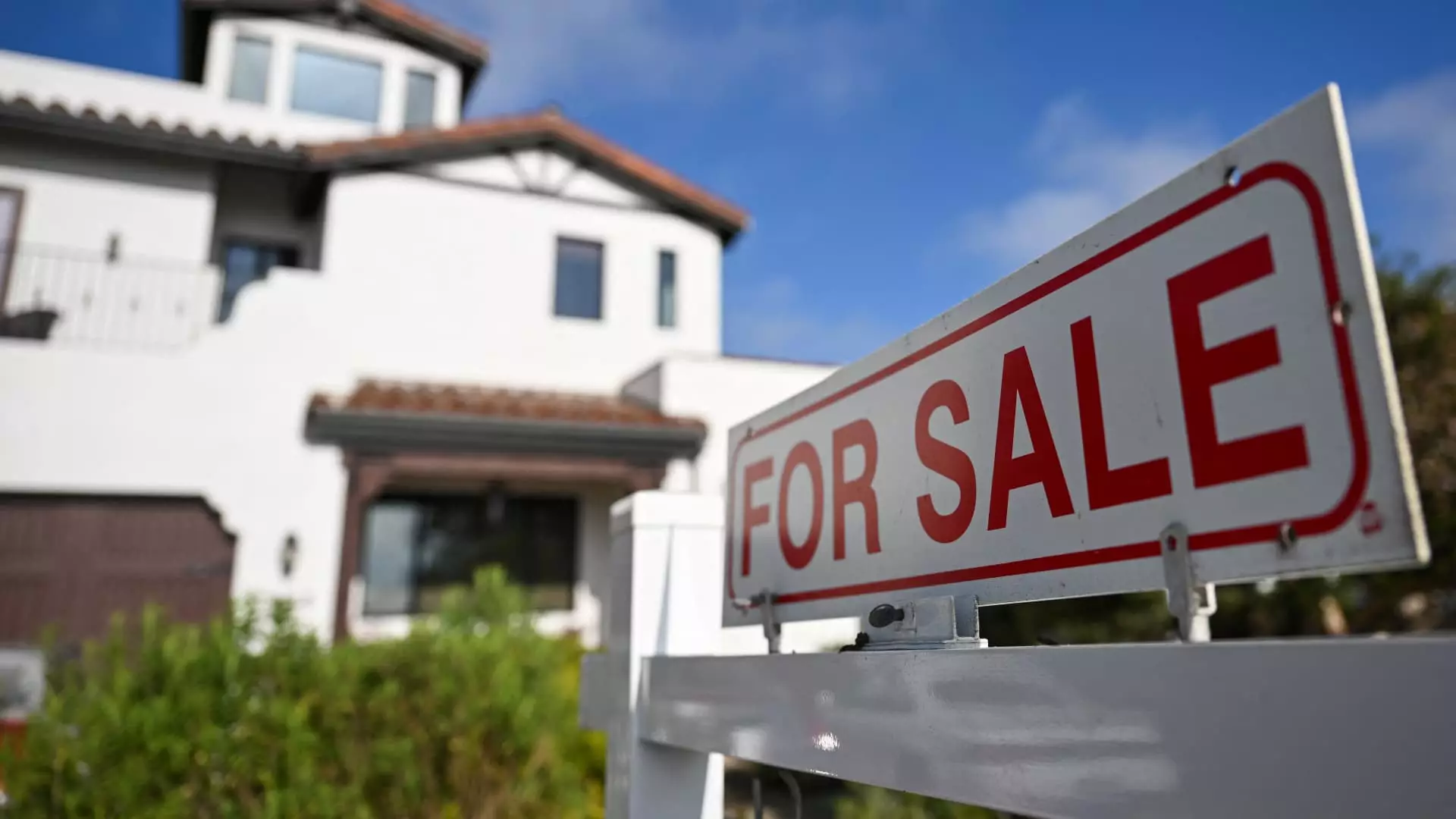In recent weeks, the mortgage landscape has experienced a significant shift, marked by an unexpected rise in interest rates that has sent shockwaves through the housing market. According to the Mortgage Bankers Association, mortgage application volume witnessed a decline of 5.1% in the last week compared to the previous week. This downturn reflects growing concerns among potential homebuyers and existing homeowners, as higher rates translate into increased borrowing costs. The average interest rate for 30-year fixed-rate mortgages climbed to 6.36%, up from 6.14%, marking this the highest rate witnessed since August.
The jump in the average contract rate can be attributed to a series of robust economic indicators from the prior week, most notably the September jobs report, which suggests a resilient job market. Economists, like Mike Fratantoni from the Mortgage Bankers Association, indicate that such strong economic performance is leading to heightened expectations for monetary policy adjustments, thus influencing the mortgage rate trajectory.
The increase in rates had a distinct impact on refinance activity, which had been gaining momentum for several months. Refinance applications dropped by 9% week-over-week, albeit remaining a remarkable 159% higher than the same timeframe last year. This historic year-on-year comparison highlights a paradox in the market: although current rates are lower than during the same season last year, the ascent in mortgage interest has stalled many refinancing efforts. Conventional loan refinances, typically associated with higher loan balances, showed a more pronounced decline, signaling a sensitivity to interest rate fluctuations.
It is important to note that homeowners looking to capitalize on lower rates for refinancing may be caught in a dilemma, as potential savings from lower rates can be overshadowed by higher costs arising from increased interest—a situation that may dissuade them from moving forward.
On the home purchase front, applications remained largely unchanged, only dipping 0.1% week-over-week. While this indicates a stagnant week for new applications, it’s heartening to see that overall purchase demand has risen by 8% compared to the same week last year. Nevertheless, the market is confronted with rising home prices and a persistent supply crunch, especially in more affordable segments.
Despite an improvement in housing inventory, the stock remains insufficient to meet the demands of the market, further complicating the affordability crisis. As rates surged post-employment report, another source, Mortgage News Daily, indicated that interest rates continued their upward trend, reaching an average of 6.62% for a 30-year fixed mortgage.
As mortgage rates appear to stabilize after a period of rapid increases, experts warn that additional economic data will be crucial in shaping the next phase of mortgage pricing. There’s an overarching sentiment in the market that while the worst may have passed, any significant downward movement in rates will hinge upon forthcoming economic indicators. Stakeholders in the mortgage and housing markets remain cautiously optimistic, navigating through these unpredictable waters, and keeping a close watch on key economic releases that might provide further guidance.
In sum, the mortgage market is navigating through a turbulent phase as rising interest rates create headwinds for prospective homebuyers and refinancing efforts. Balancing the scales between economic growth and mortgage affordability is a challenge that will require both vigilance and adaptability from market participants in the months ahead.

